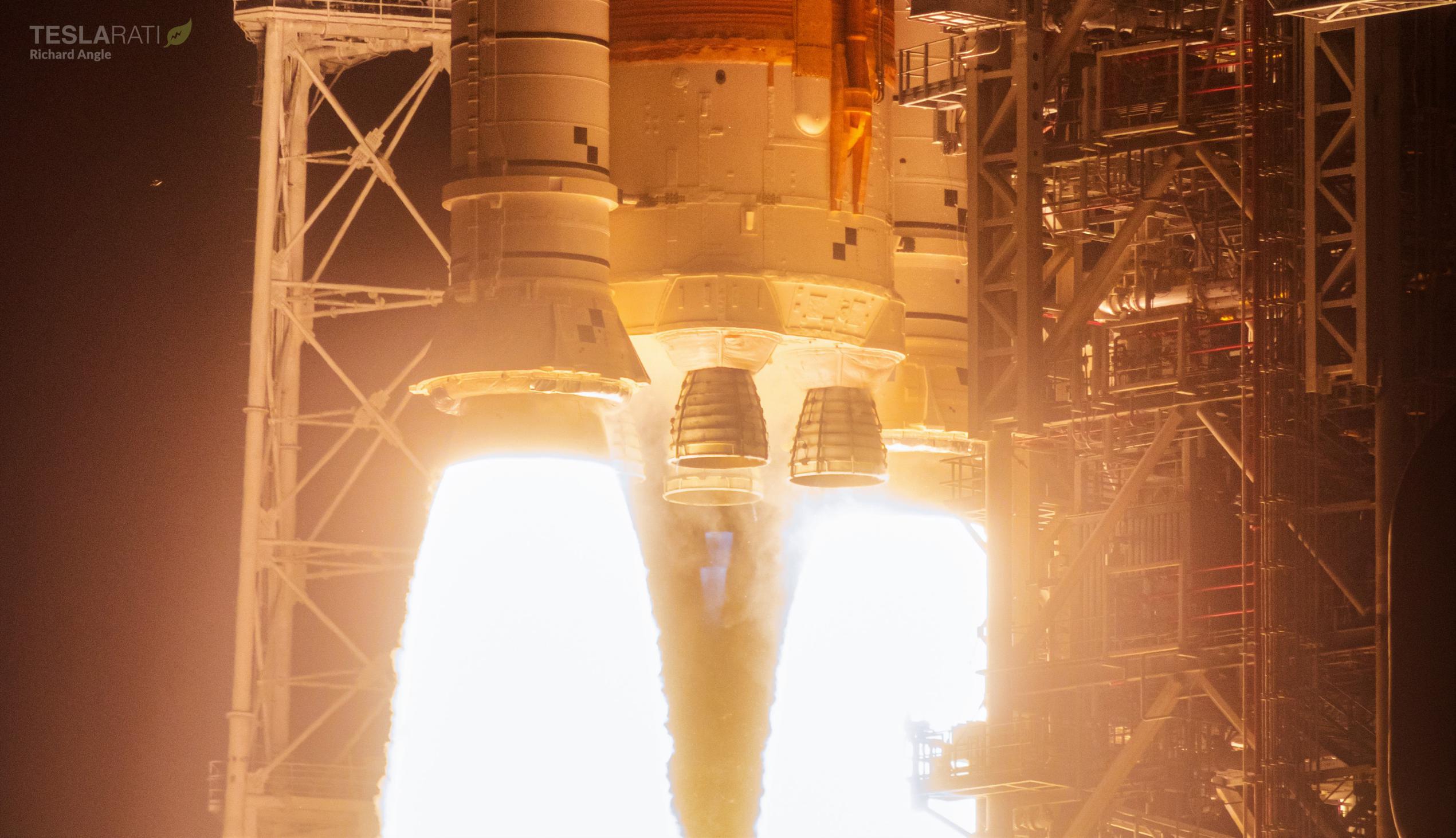
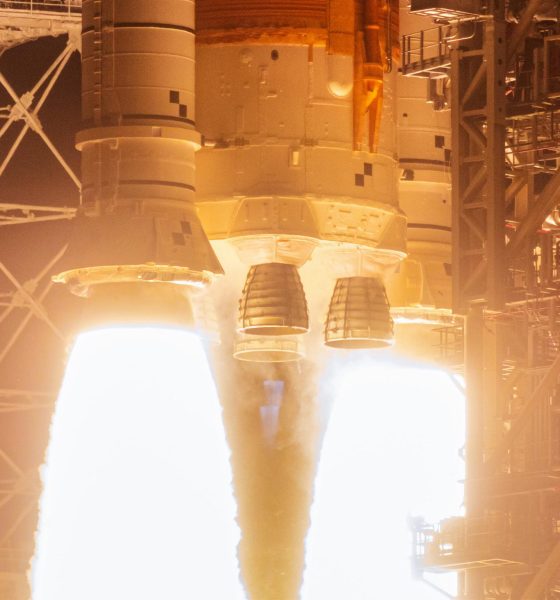
News
NASA SLS rocket launches Orion spacecraft to the Moon
After years, months, days, hours, and minutes of waiting, NASA’s first Space Launch System (SLS) rocket has successfully lifted off from Kennedy Space Center and sent an Orion spacecraft on its way to the Moon.
Originally projected to launch by late 2016, SLS lifted off for the first time at 1:48 am EST (06:48 UTC) on November 16th, 2022. Once known as Exploration Mission 1 (EM-1), NASA’s SLS debut was renamed “Artemis I” when the Trump administration created the Artemis Program in 2017. By most measures a semi-modernized Apollo Program without a geopolitical race against the Soviet Union, the Artemis Program survived the election of a new president in 2020, and the SLS rocket’s debut has officially become the program’s first major mission to get off the ground.
That SLS rocket has had a very long journey to its first successful launch. Supplied by United Launch Alliance (ULA), the rocket’s small Interim Cryogenic Propulsion Stage (ICPS) – the stage responsible for orbital burns – was delivered to the Kennedy Space Center in November 2017. Boeing shipped the first Core Stage – SLS’ central liquid rocket booster – to Mississippi for proof testing in January 2020, and CS-1 completed that testing in March 2021 and was delivered to Florida by April 2021.
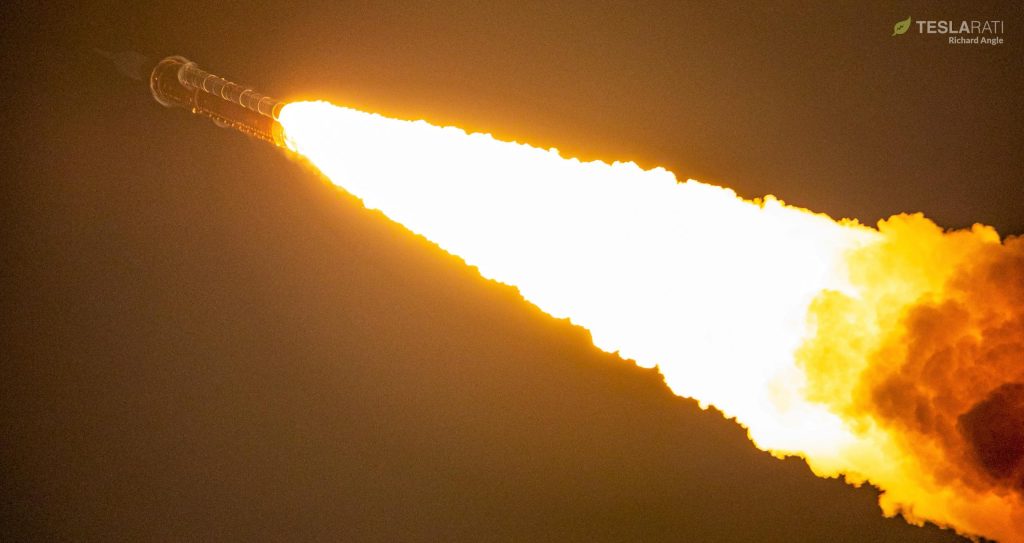
After almost 12 months of painstaking assembly, the first fully-assembled SLS rocket rolled out to Kennedy Space Center Launch Complex 39B (Pad 39B) and attempted its first on-pad wet dress rehearsal (WDR) test. Seven months, three partially-completed WDRs, and two aborted launch attempts later, everything finally came together on November 16th, 2022.
By all appearances, the first SLS launch went perfectly. Shortly before liftoff, SLS ignited four former Space Shuttle Main Engines, making sure they were performing as expected. Seconds later, the launch computer fully committed and ignited both of SLS’ Shuttle-derived solid rocket boosters (SRBs) – motors than cannot be shut down after they’re lit. Much like the Shuttle did, SLS leapt off the pad after SRB ignition.
Combined, NASA says its RS-25 liquid engines and SRBs produced up to 4000 tons (8.8M lbf/39,200 kN) of thrust at liftoff, making SLS the second most powerful rocket to ever leave the launch pad. Only the Soviet Union’s N1 rocket, which produced up to 4500 tons (9.9M lbf/44,100 kN) of thrust at liftoff, was more powerful. But unlike N1, which failed four times over four launch attempts, the first SLS rocket reached orbit as planned, making it the most powerful rocket ever successfully launched.
About two minutes after liftoff, both SRBs successfully separated from the Core Stage. Eight and a half minutes after liftoff, the Core Stage shut down its four RS-25 engines and deployed the ICPS and Orion spacecraft just below the height of a stable orbit. 51 minutes after liftoff, ICPS ignited its lone RL-10 engine for 22 seconds to insert itself and Orion into a stable Earth orbit. Finally, about an hour and forty minutes after liftoff, ICPS ignited for a lengthy 18-minute trans-lunar injection (TLI) burn, sending Orion on a trajectory that will intercept the Moon on November 21st.
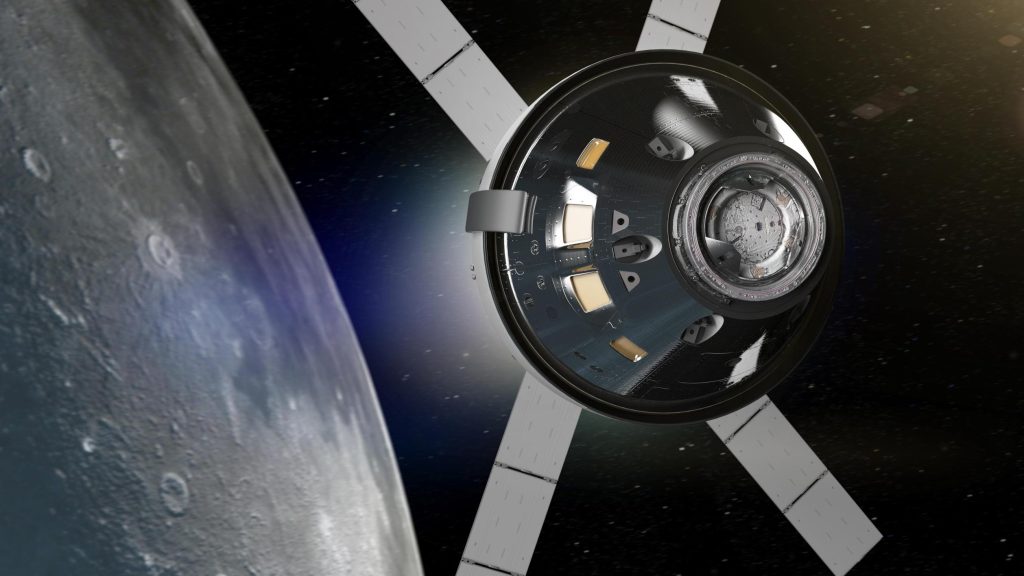
If all goes according to plan, Orion will then use its own European Service Module (ESM) to correct its trajectory and enter a Distant Retrograde Orbit around the Moon on November 25th, where it will remain tens of thousands of kilometers above the lunar surface. Orion will then leave lunar orbit as early as December 1st and reenter Earth’s atmosphere on December 11th before the capsule finally splashes down in the ocean.
Assuming Artemis I goes perfectly, Artemis II – SLS and Orion’s first launch with astronauts aboard – is scheduled no earlier than (NET) 2024. Artemis III, which will team up with a modified version of SpaceX’s Starship launch vehicle to attempt to land astronauts on the Moon for the first time since 1972, is expected to follow NET 2025. However, a reliable source with a prophetic track record estimates that Starship and SLS might not be ready to launch Artemis III until 2028.
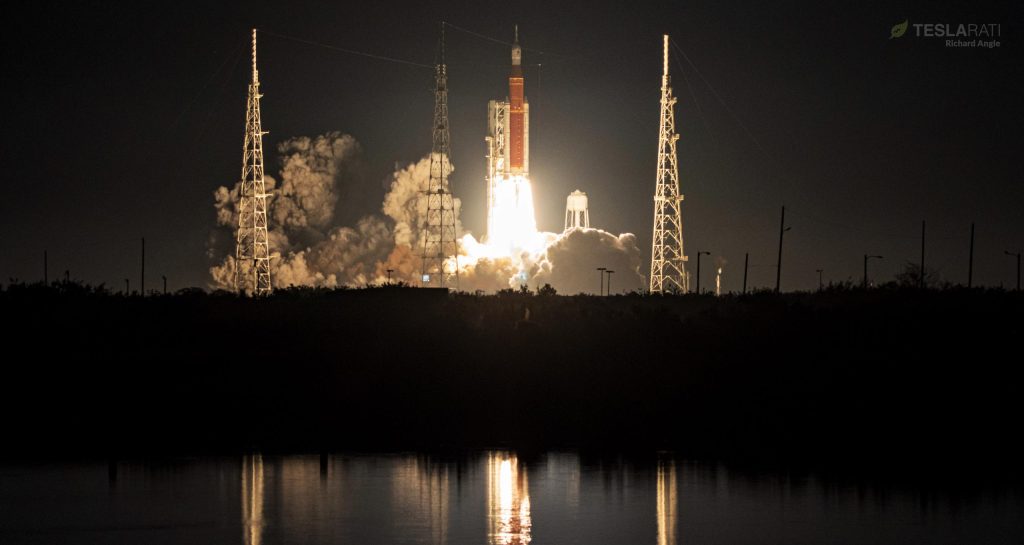
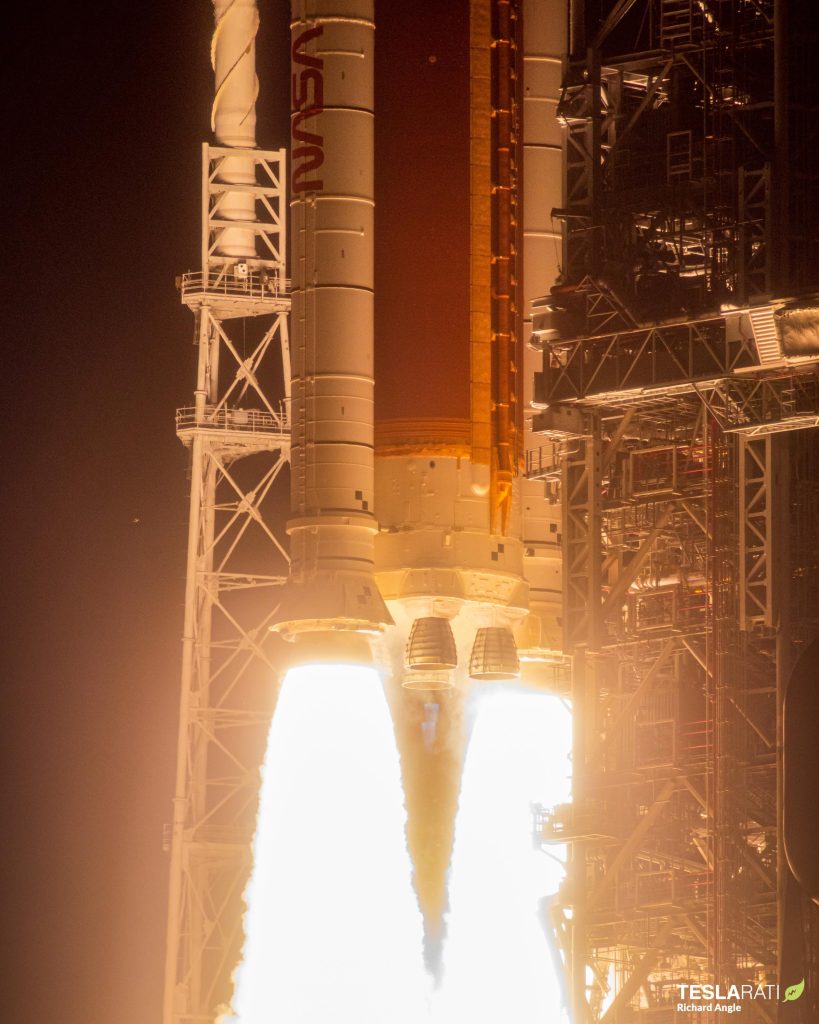


News
Tesla (TSLA) receives “Buy” rating and $551 PT from Canaccord Genuity
He also maintained a “Buy” rating for TSLA stock over the company’s improving long-term outlook, which is driven by autonomy and robotics.
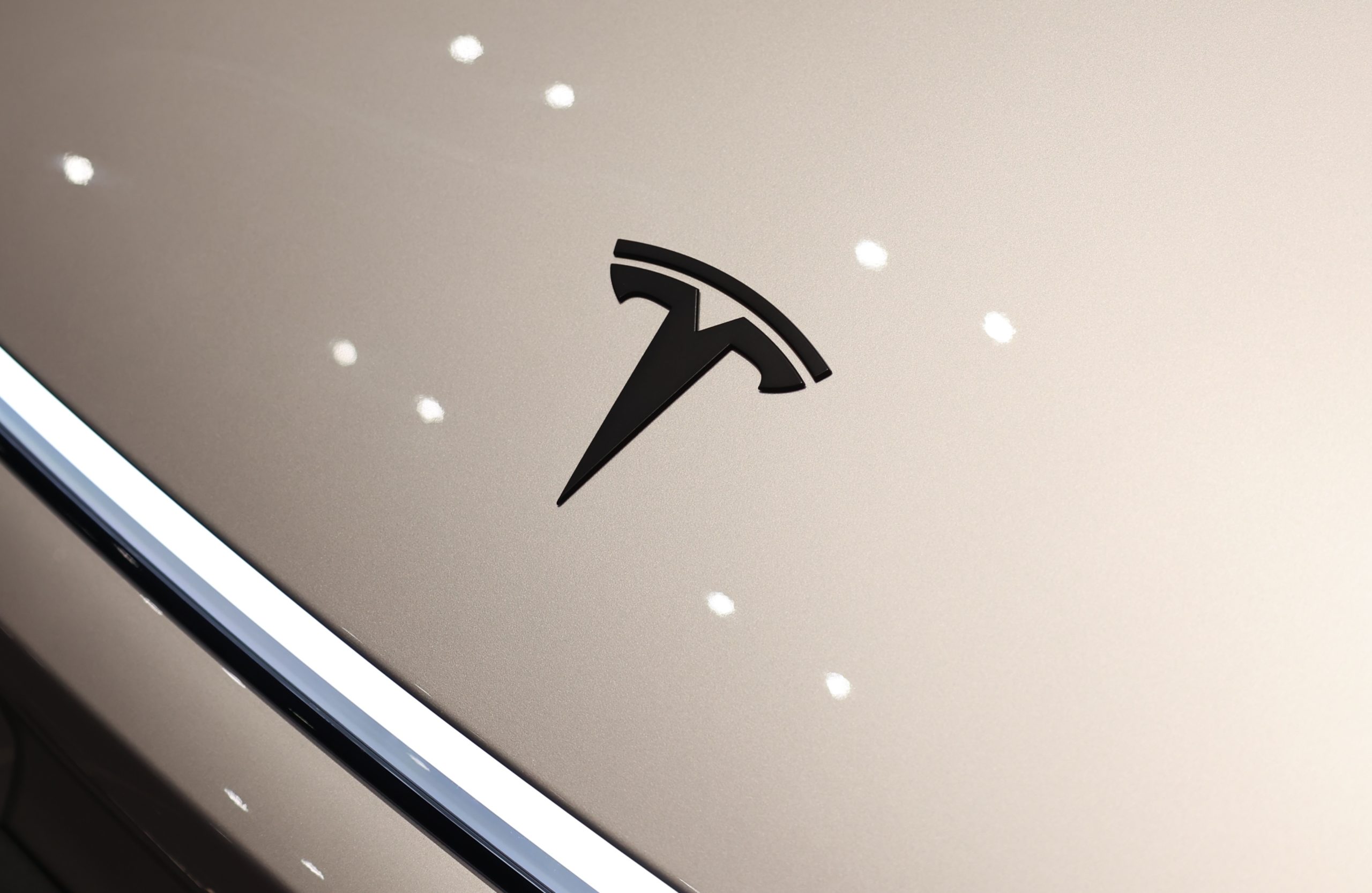
Canaccord Genuity analyst George Gianarikas raised his Tesla (NASDAQ:TSLA) price target from $482 to $551. He also maintained a “Buy” rating for TSLA stock over the company’s improving long-term outlook, which is driven by autonomy and robotics.
The analyst’s updated note
Gianarikas lowered his 4Q25 delivery estimates but pointed to several positive factors in the Tesla story. He noted that EV adoption in emerging markets is gaining pace, and progress in FSD and the Robotaxi rollout in 2026 represent major upside drivers. Further progress in the Optimus program next year could also add more momentum for the electric vehicle maker.
“Overall, yes, 4Q25 delivery expectations are being revised lower. However, the reset in the US EV market is laying the groundwork for a more durable and attractive long-term demand environment.
“At the same time, EV penetration in emerging markets is accelerating, reinforcing Tesla’s potential multi‑year growth runway beyond the US. Global progress in FSD and the anticipated rollout of a larger robotaxi fleet in 2026 are increasingly important components of the Tesla equity story and could provide sentiment tailwinds,” the analyst wrote.
Tesla’s busy 2026
The upcoming year would be a busy one for Tesla, considering the company’s plans and targets. The autonomous two-seat Cybercab has been confirmed to start production sometime in Q2 2026, as per Elon Musk during the 2025 Annual Shareholder Meeting.
Apart from this, Tesla is also expected to unveil the next-generation Roadster on April 1, 2026. Tesla is also expected to start high-volume production of the Tesla Semi in Nevada next year.
Apart from vehicle launches, Tesla has expressed its intentions to significantly ramp the rollout of FSD to several regions worldwide, such as Europe. Plans are also underway to launch more Robotaxi networks in several more key areas across the United States.
News
Waymo sues Santa Monica over order to halt overnight charging sessions
In its complaint, Waymo argued that its self-driving cars’ operations do not constitute a public nuisance, and compliance with the city’s order would cause the company irreparable harm.
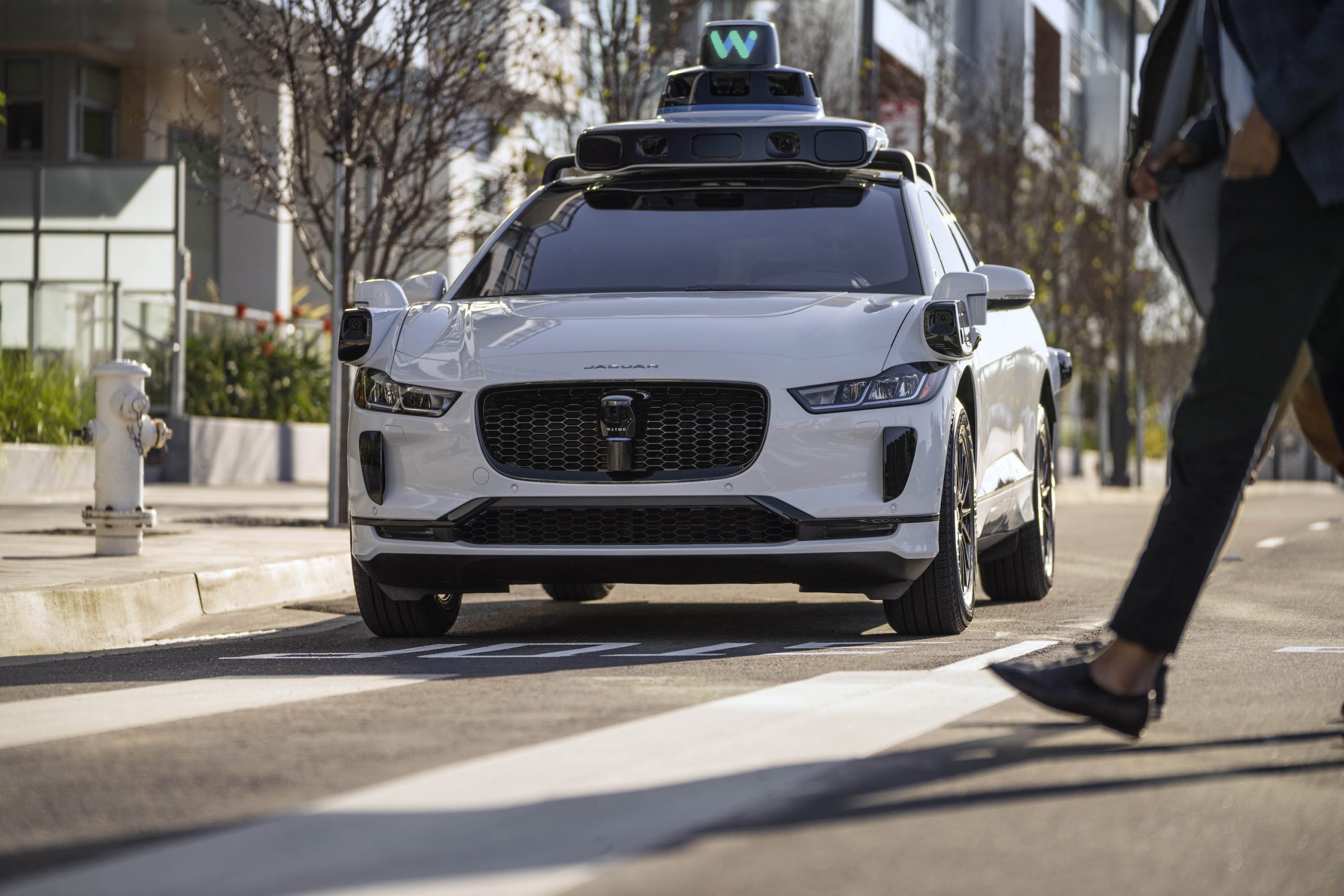
Waymo has filed a lawsuit against the City of Santa Monica in Los Angeles County Superior Court, seeking to block an order that requires the company to cease overnight charging at two facilities.
In its complaint, Waymo argued that its self-driving cars’ operations do not constitute a public nuisance, and compliance with the city’s order would cause the company irreparable harm.
Nuisance claims
As noted in a report from the Los Angeles Times, Waymo’s two charging sites at Euclid Street and Broadway have operated for about a year, supporting the company’s growing fleet with round-the-clock activity. Unfortunately, this has also resulted in residents in the area reportedly being unable to sleep due to incessant beeping from self-driving taxis that are moving in and out of the charging stations around the clock.
Frustrated residents have protested against the Waymos by blocking the vehicles’ paths, placing cones, and “stacking” cars to create backups. This has also resulted in multiple calls to the police.
Last month, the city issued an order to Waymo and its charging partner, Voltera, to cease overnight operations at the charging locations, stating that the self-driving vehicles’ activities at night were a public nuisance. A December 15 meeting yielded no agreement on mitigations like software rerouting. Waymo proposed changes, but the city reportedly insisted that nothing would satisfy the irate residents.
“We are disappointed that the City has chosen an adversarial path over a collaborative one. The City’s position has been to insist that no actions taken or proposed by Waymo would satisfy the complaining neighbors and therefore must be deemed insufficient,” a Waymo spokesperson stated.
Waymo pushes back
In its legal complaint, Waymo stated that its “activities at the Broadway Facilities do not constitute a public nuisance.” The company also noted that it “faces imminent and irreparable harm to its operations, employees, and customers” from the city’s order. The suit also stated that the city was fully aware that the Voltera charging sites would be operating around the clock to support Waymo’s self-driving taxis.
The company highlighted over one million trips in Santa Monica since launch, with more than 50,000 rides starting or ending there in November alone. Waymo also criticized the city for adopting a contentious strategy against businesses.
“The City of Santa Monica’s recent actions are inconsistent with its stated goal of attracting investment. At a time when the City faces a serious fiscal crisis, officials are choosing to obstruct properly permitted investment rather than fostering a ‘ready for business’ environment,” Waymo stated.
News
Tesla FSD v14.2.2 is getting rave reviews from drivers
So far, early testers have reported buttery-smooth drives with confident performance, even at night or on twisty roads.

Tesla Full Self-Driving (Supervised) v14.2.2 is receiving positive reviews from owners, with several drivers praising the build’s lack of hesitation during lane changes and its smoother decision-making, among others.
The update, which started rolling out on Monday, also adds features like dynamic arrival pin adjustment. So far, early testers have reported buttery-smooth drives with confident performance, even at night or on twisty roads.
Owners highlight major improvements
Longtime Tesla owner and FSD user @BLKMDL3 shared a detailed 10-hour impression of FSD v14.2.2, noting that the system exhibited “zero lane change hesitation” and “extremely refined” lane choices. He praised Mad Max mode’s performance, stellar parking in locations including ticket dispensers, and impressive canyon runs even in dark conditions.
Fellow FSD user Dan Burkland reported an hour of FSD v14.2.2’s nighttime driving with “zero hesitations” and “buttery smooth” confidence reminiscent of Robotaxi rides in areas such as Austin, Texas. Veteran FSD user Whole Mars Catalog also demonstrated voice navigation via Grok, while Tesla owner Devin Olsen completed a nearly two-hour drive with FSD v14.2.2 in heavy traffic and rain with strong performance.
Closer to unsupervised
FSD has been receiving rave reviews, even from Tesla’s competitors. Xpeng CEO He Xiaopeng, for one, offered fresh praise for FSD v14.2 after visiting Silicon Valley. Following extended test drives of Tesla vehicles running the latest FSD software, He stated that the system has made major strides, reinforcing his view that Tesla’s approach to autonomy is indeed the proper path towards autonomy.
According to He, Tesla’s FSD has evolved from a smooth Level 2 advanced driver assistance system into what he described as a “near-Level 4” experience in terms of capabilities. While acknowledging that areas of improvement are still present, the Xpeng CEO stated that FSD’s current iteration significantly surpasses last year’s capabilities. He also reiterated his belief that Tesla’s strategy of using the same autonomous software and hardware architecture across private vehicles and robotaxis is the right long-term approach, as it would allow users to bypass intermediate autonomy stages and move closer to Level 4 functionality.








